Monte Verità (Ascona)
Libertas et Fraternitas (Zuerich)
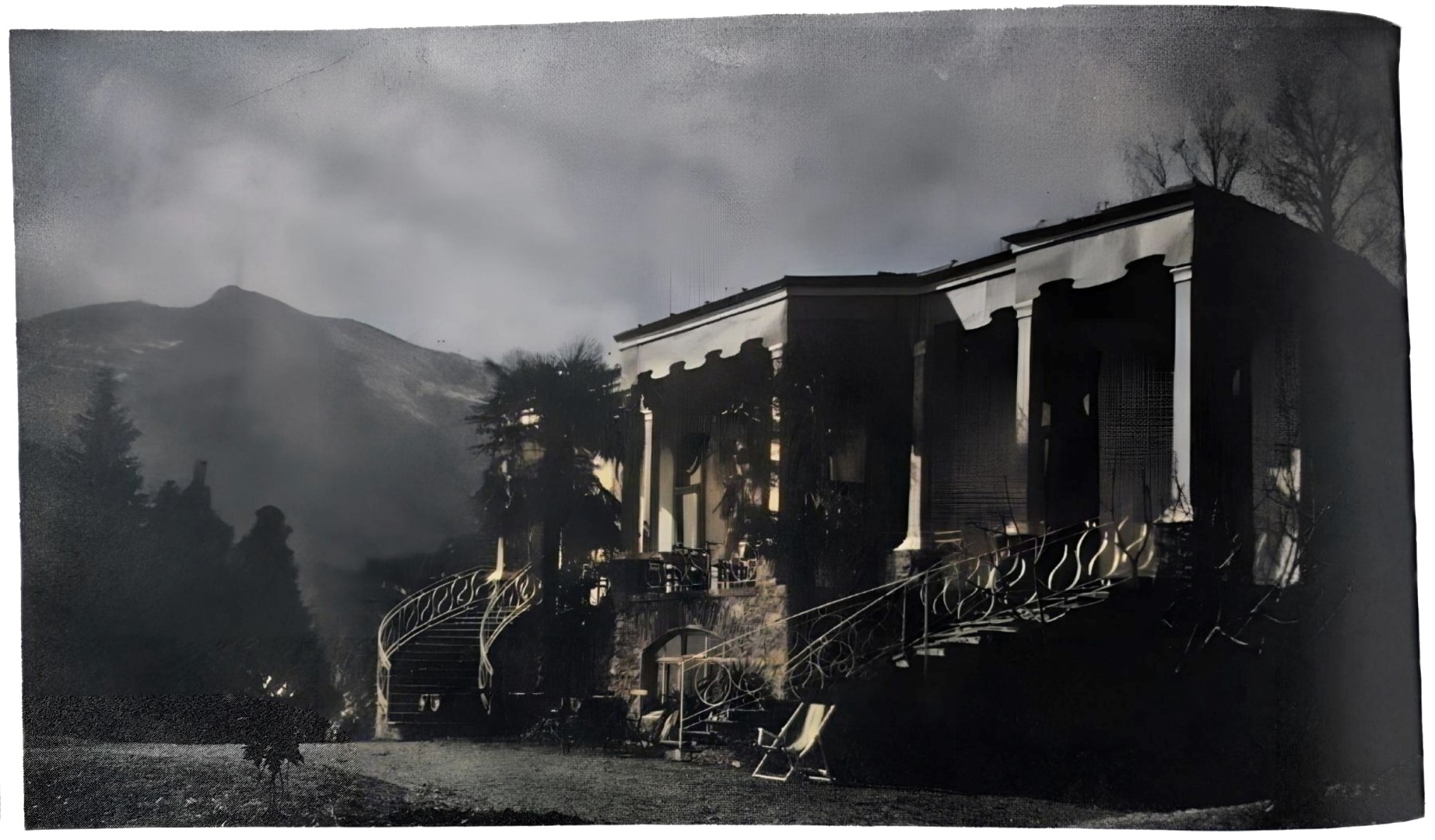
Monte Verità, Social House, Gesellschaftshaus, Restaurant
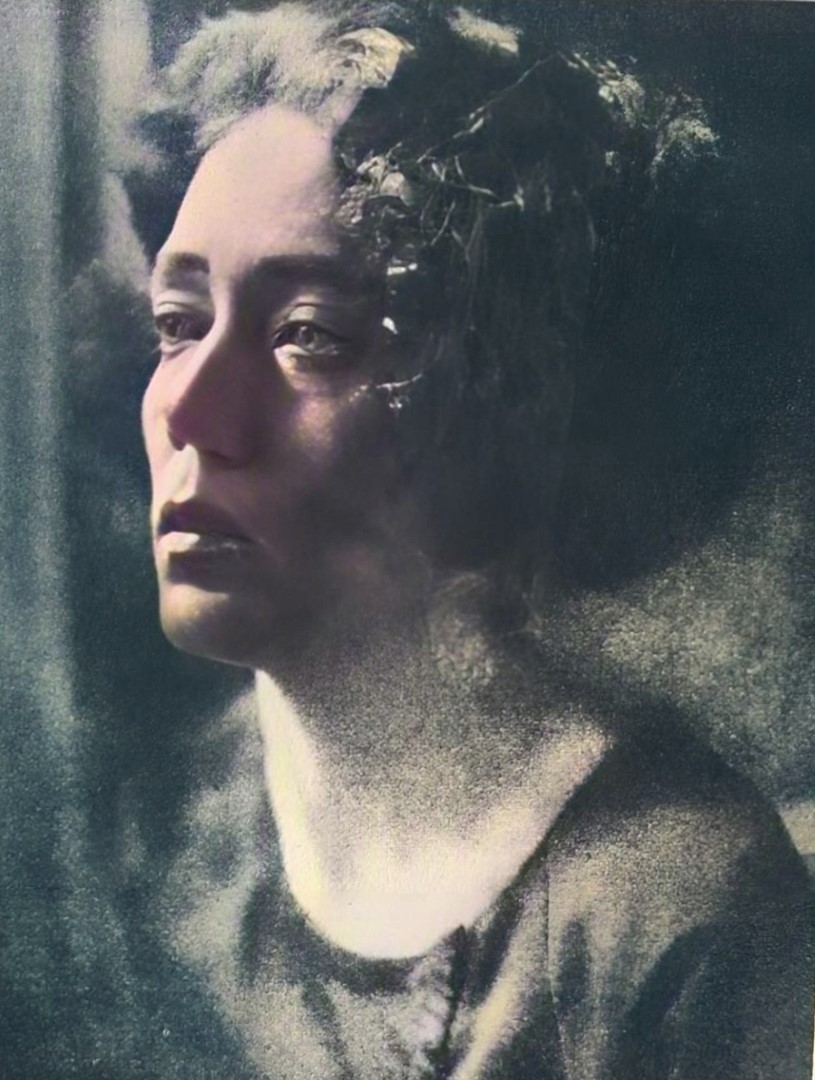
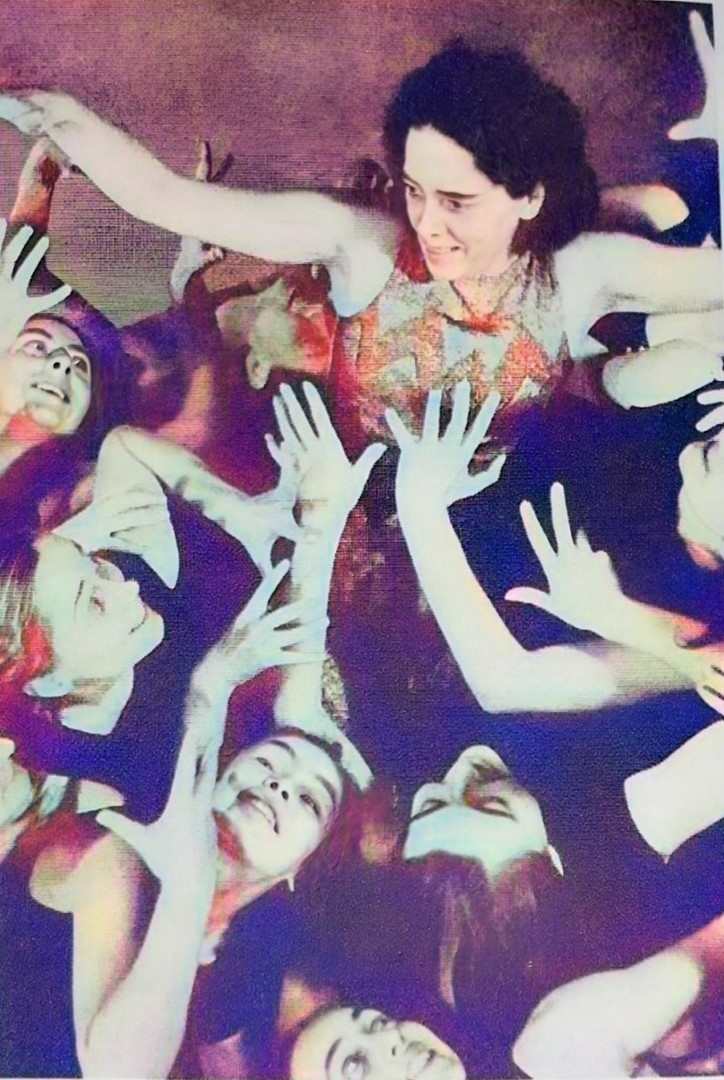
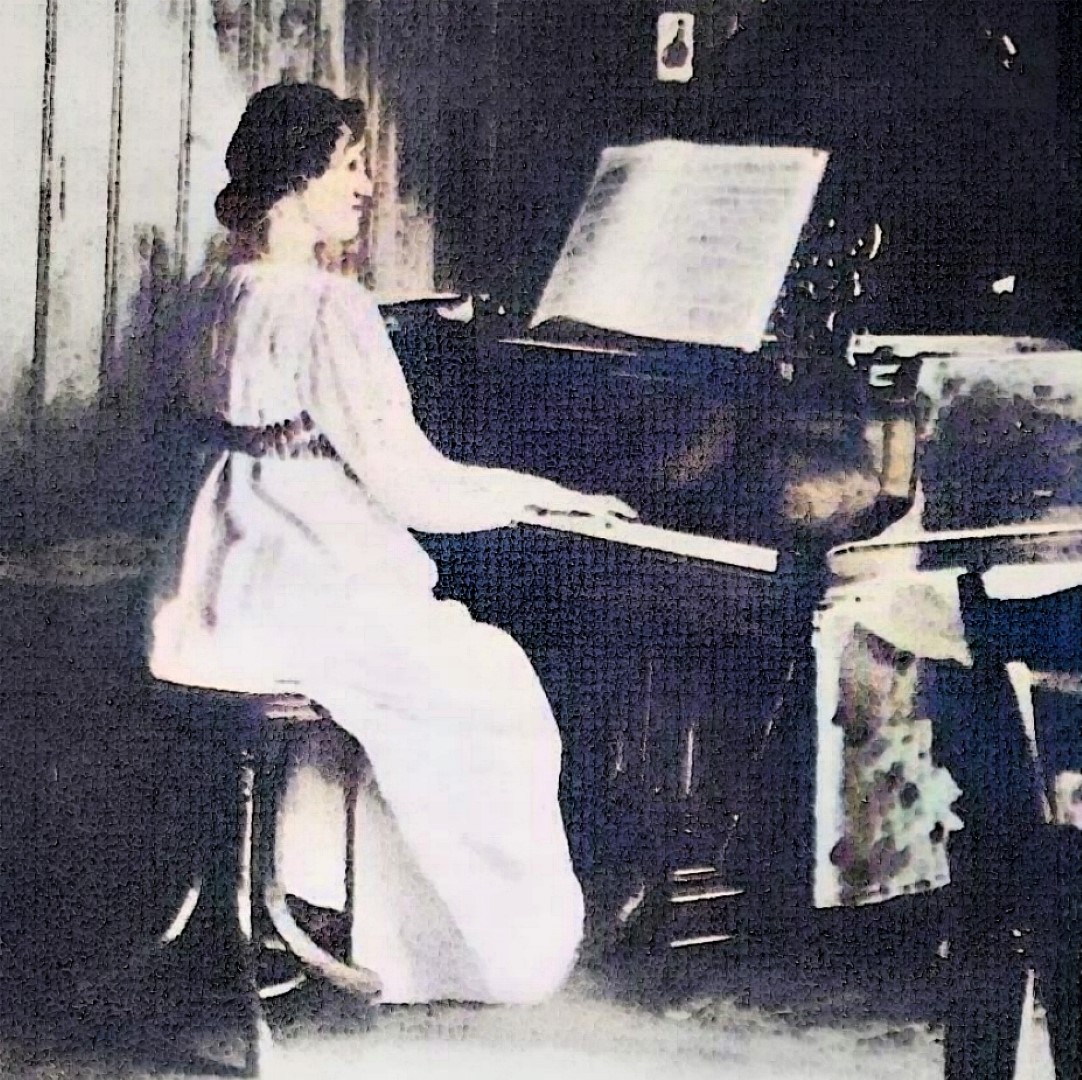
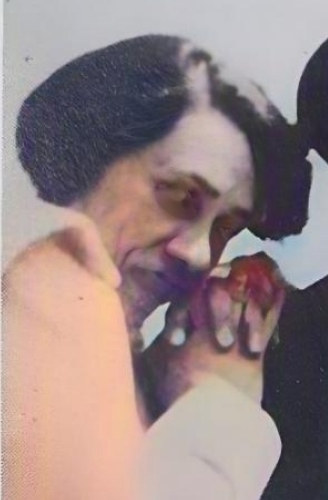
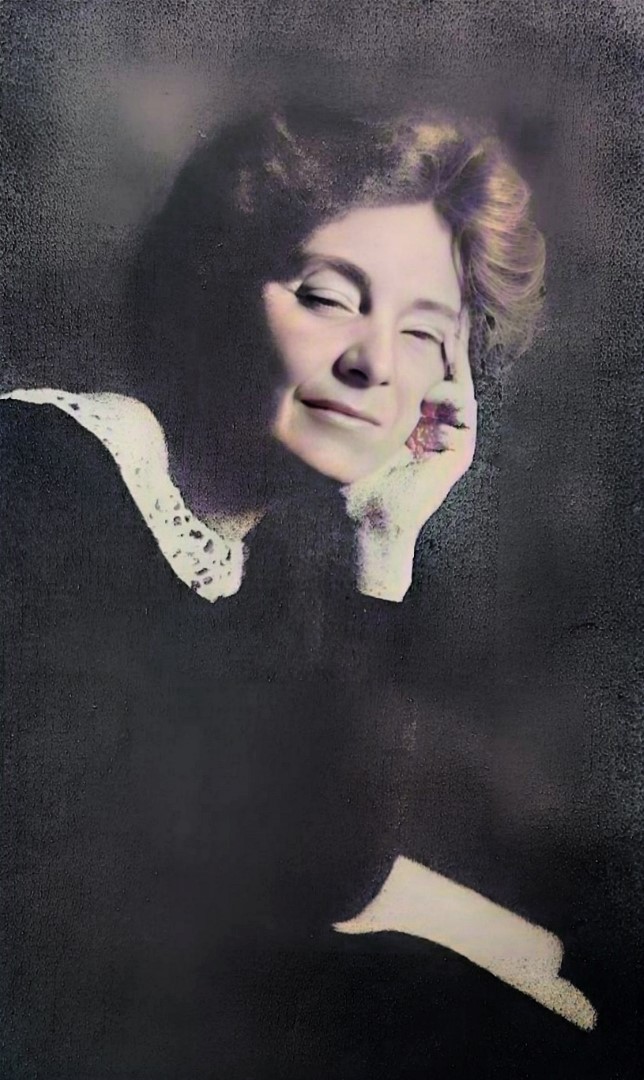
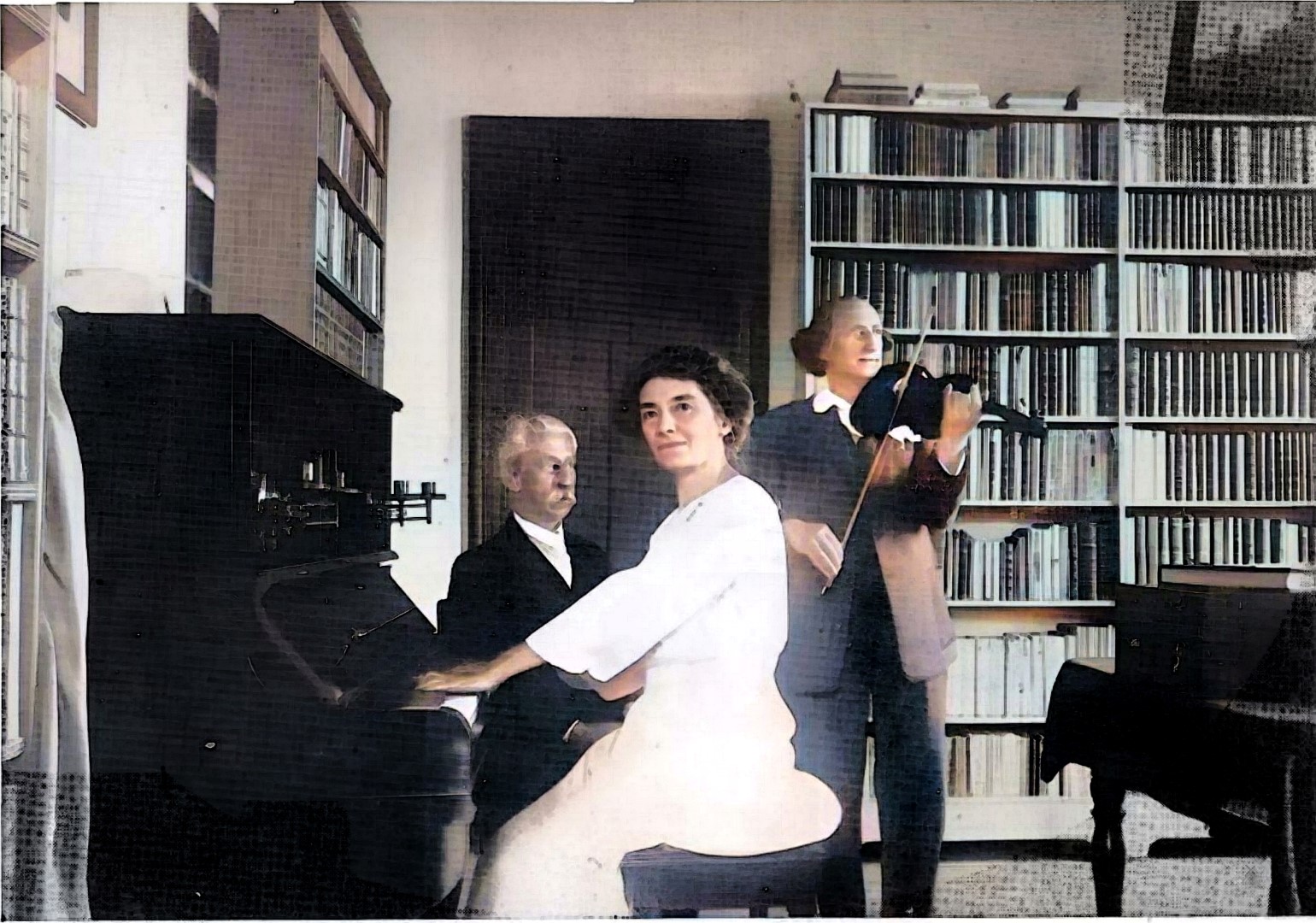
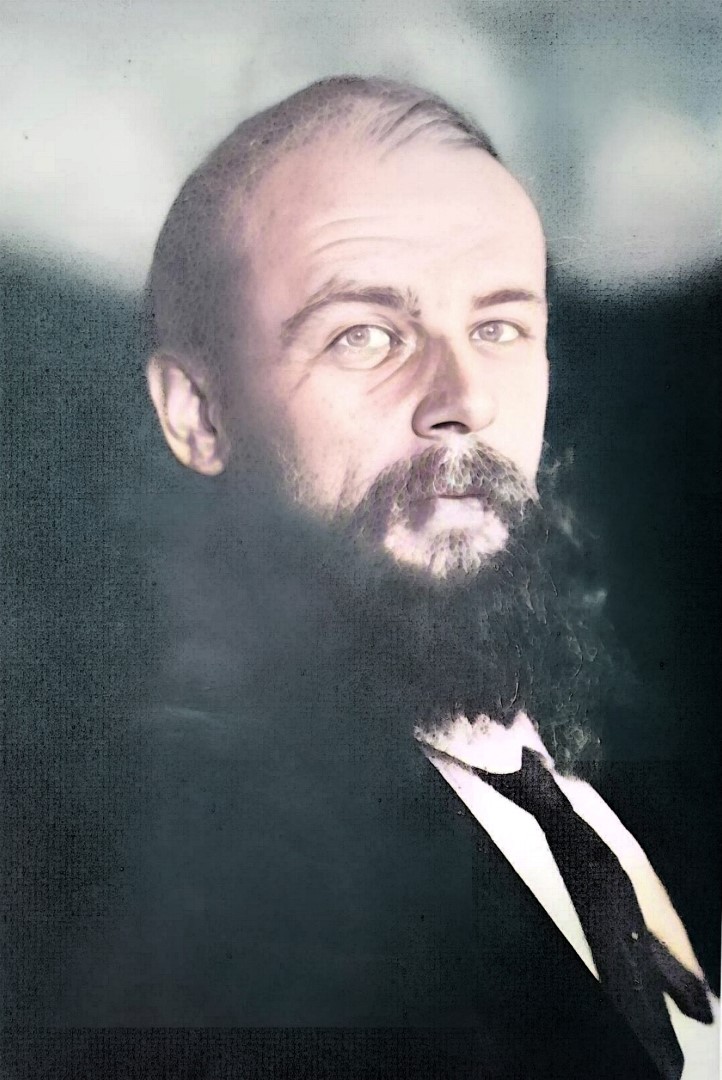
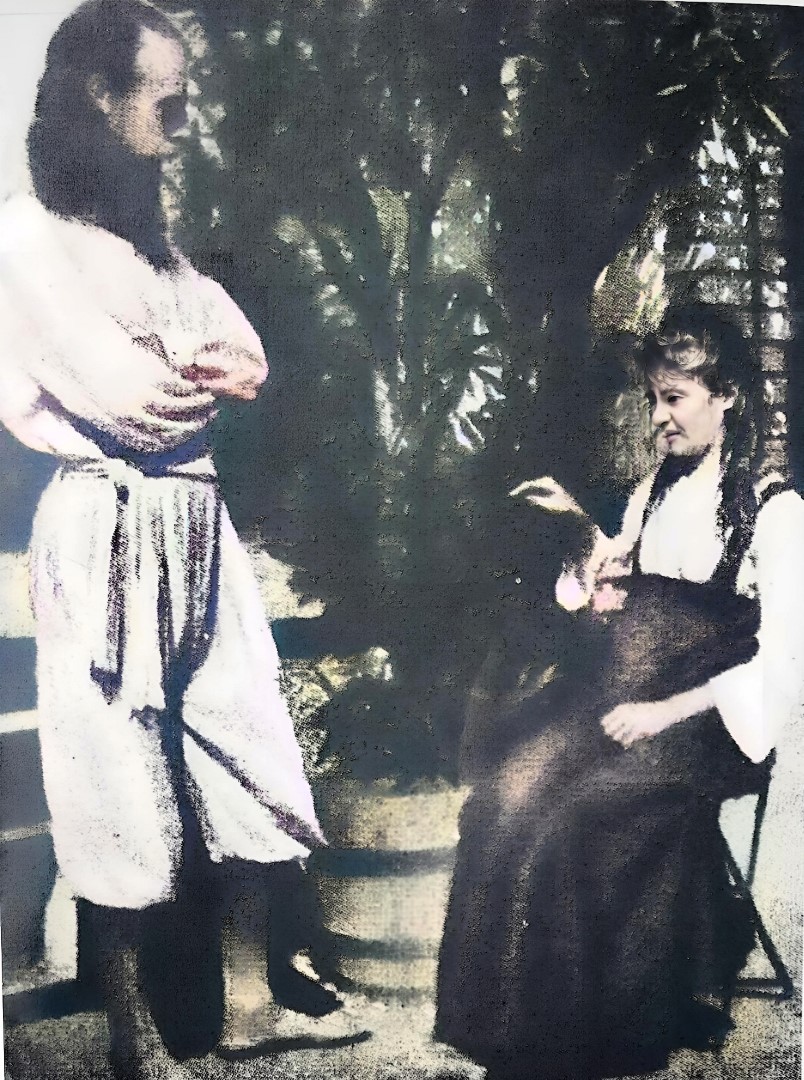
4x Ida Hofmann
Heinrich von Oedenkoven, Henry von Oedenkofen + Ida Hofmann
[Colored with AI]
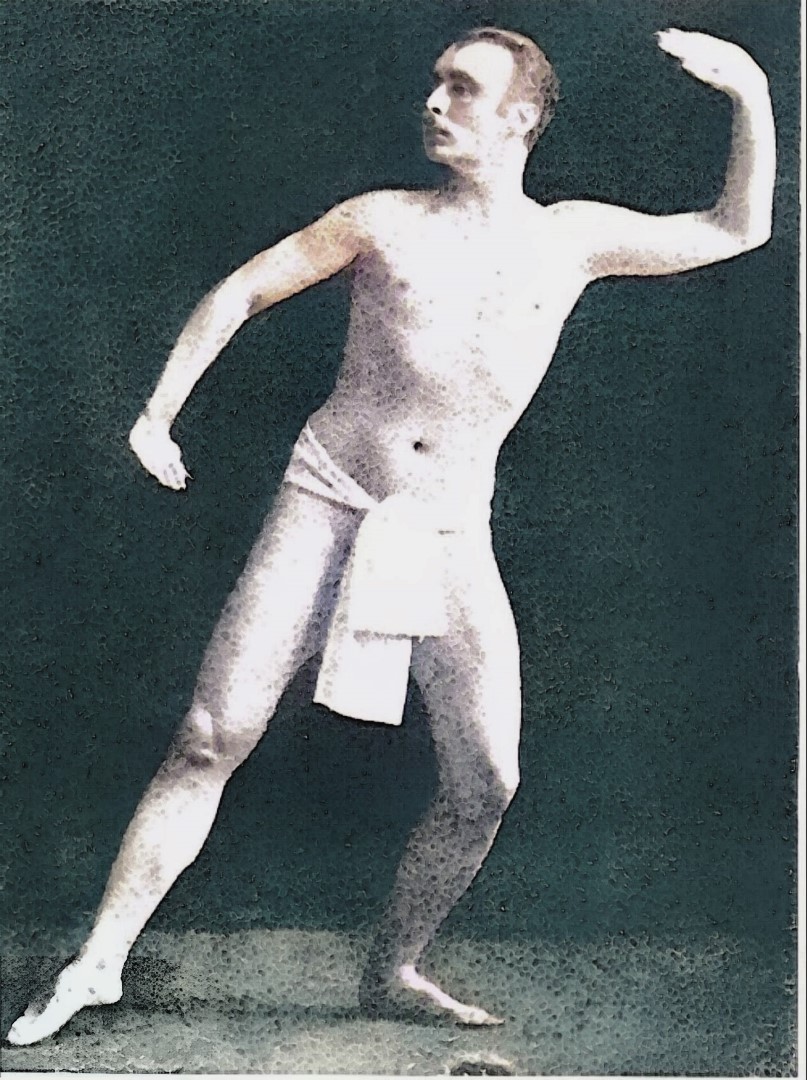
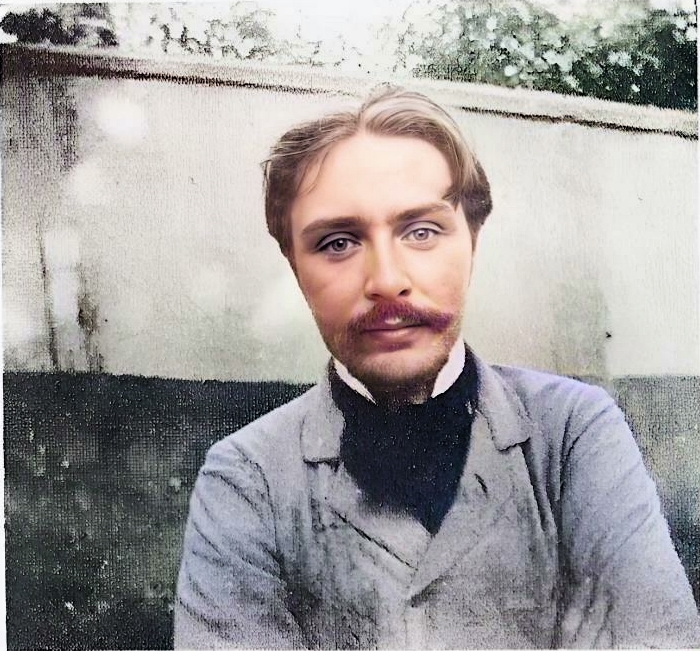
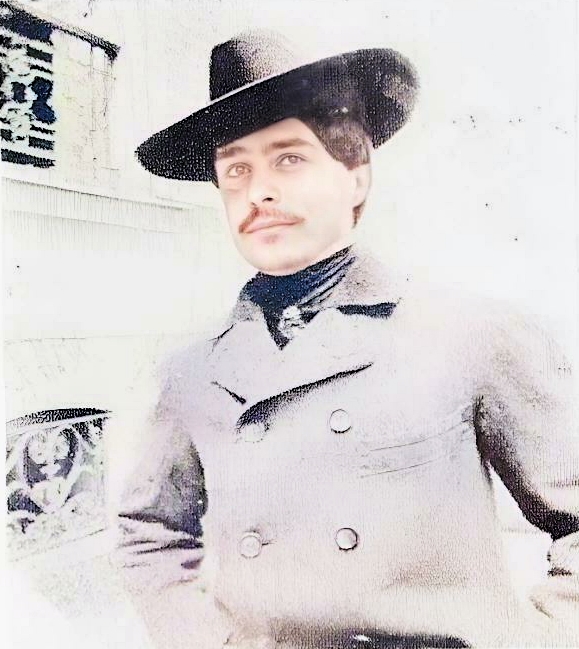
Laban de Laban
[Colored with AI]



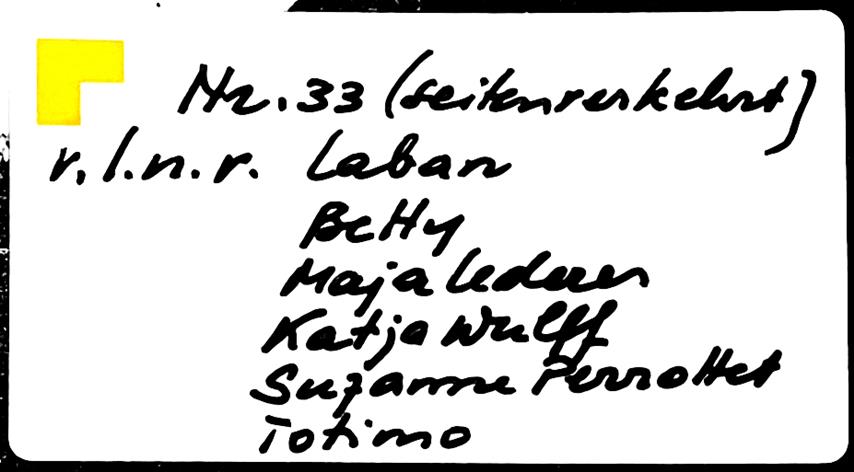
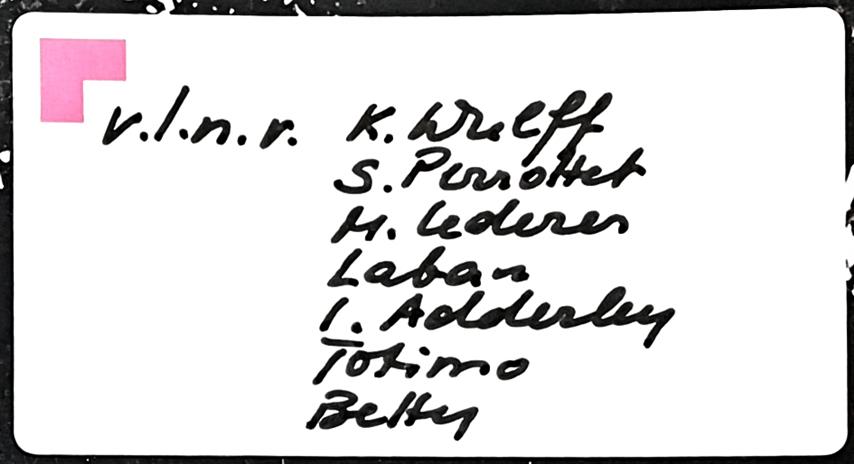
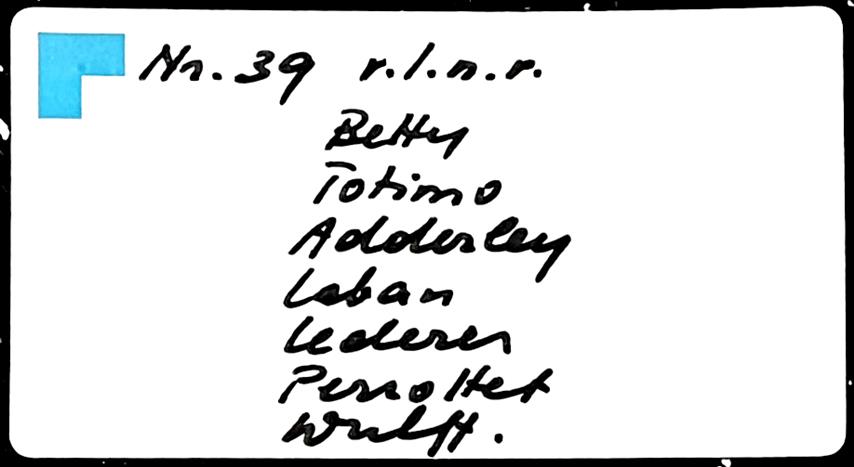
[Namentliche Zuordnung der Tänzer durch Harald Szeemann]
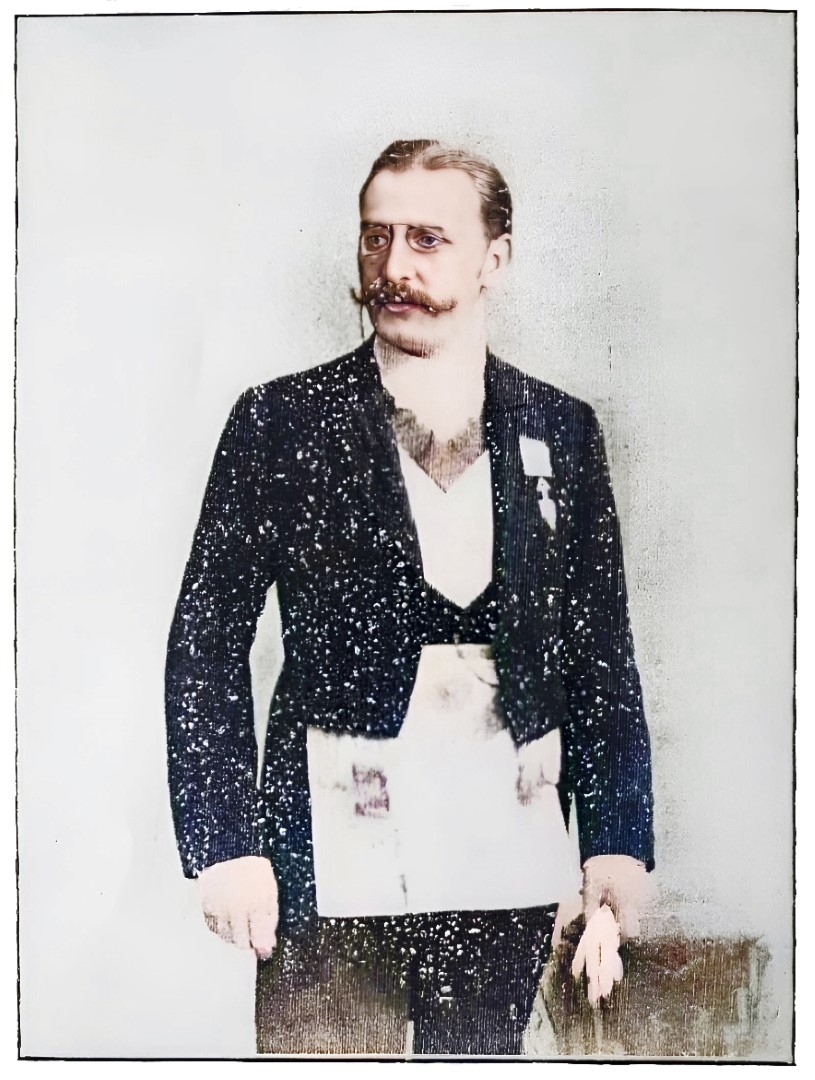
Theodor Reuss
[Colored with AI]
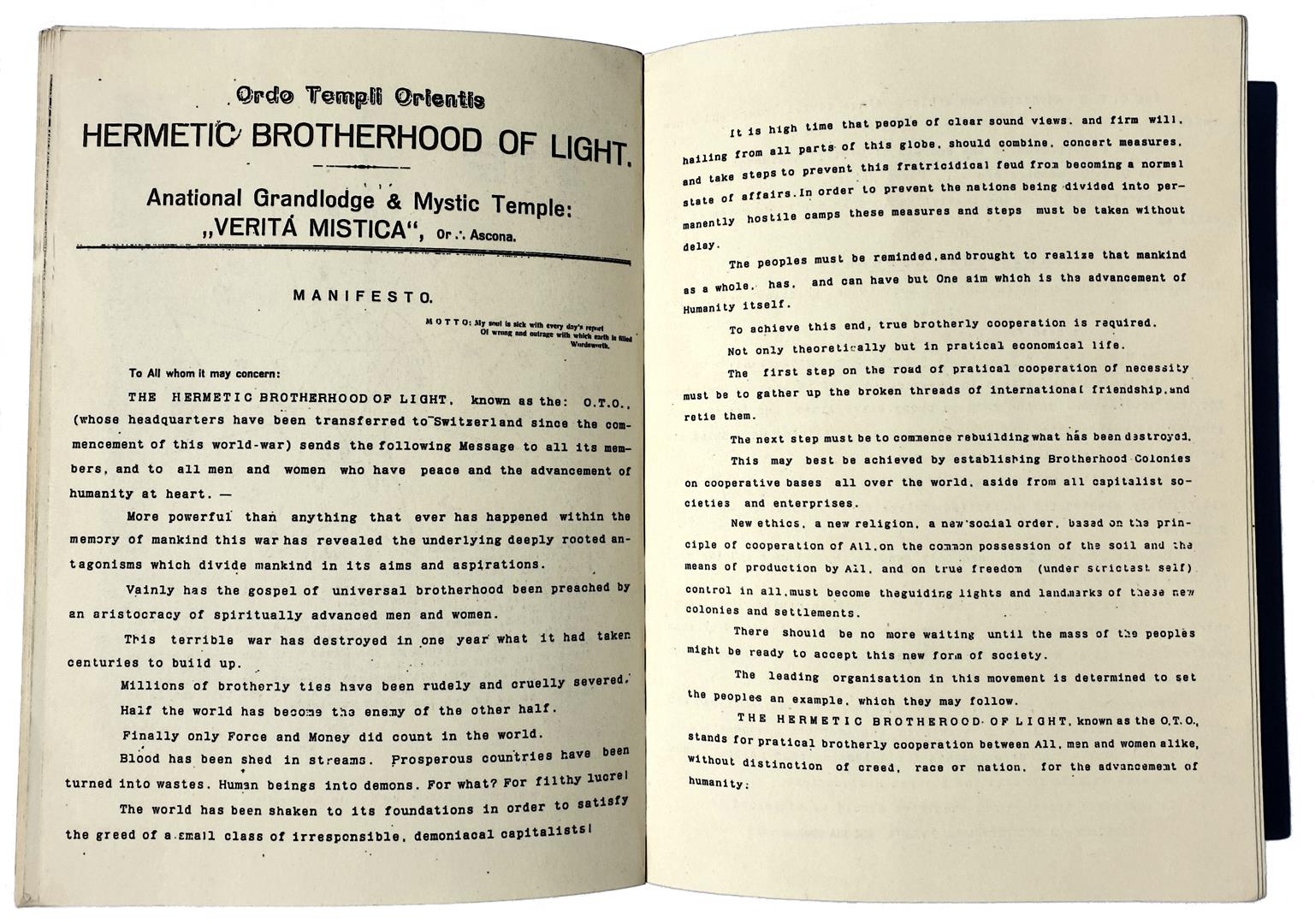
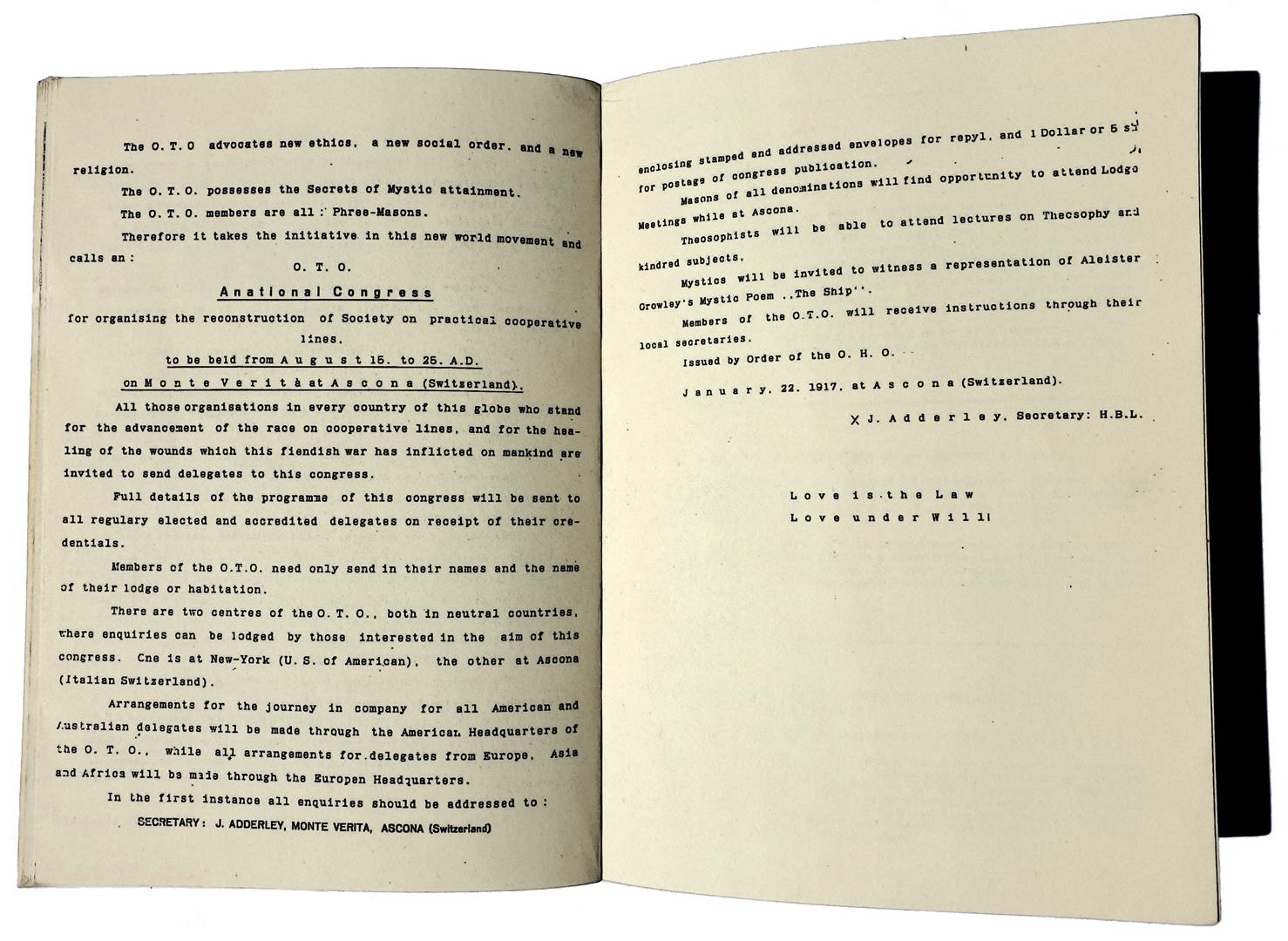
[From: 'Der Kleine Theodor Reuss Reader']
|
Transcript: Hermetic Brotherhood of Light.
Deutsche Übersetzung: Hermetische Bruderschaft des Lichtes. Context: |
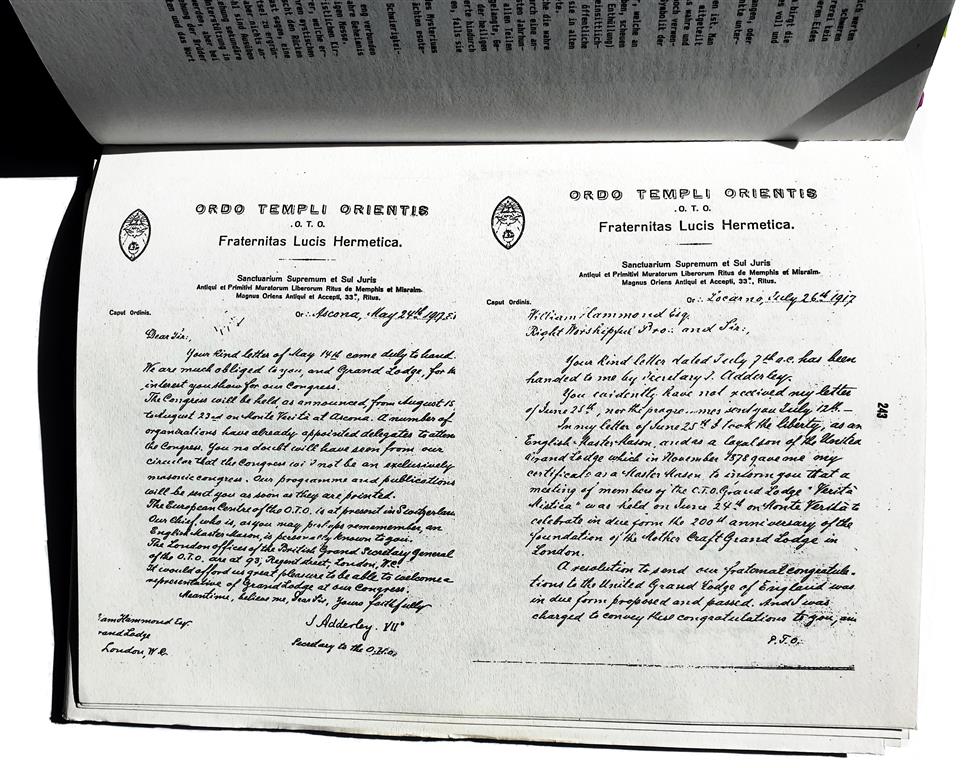
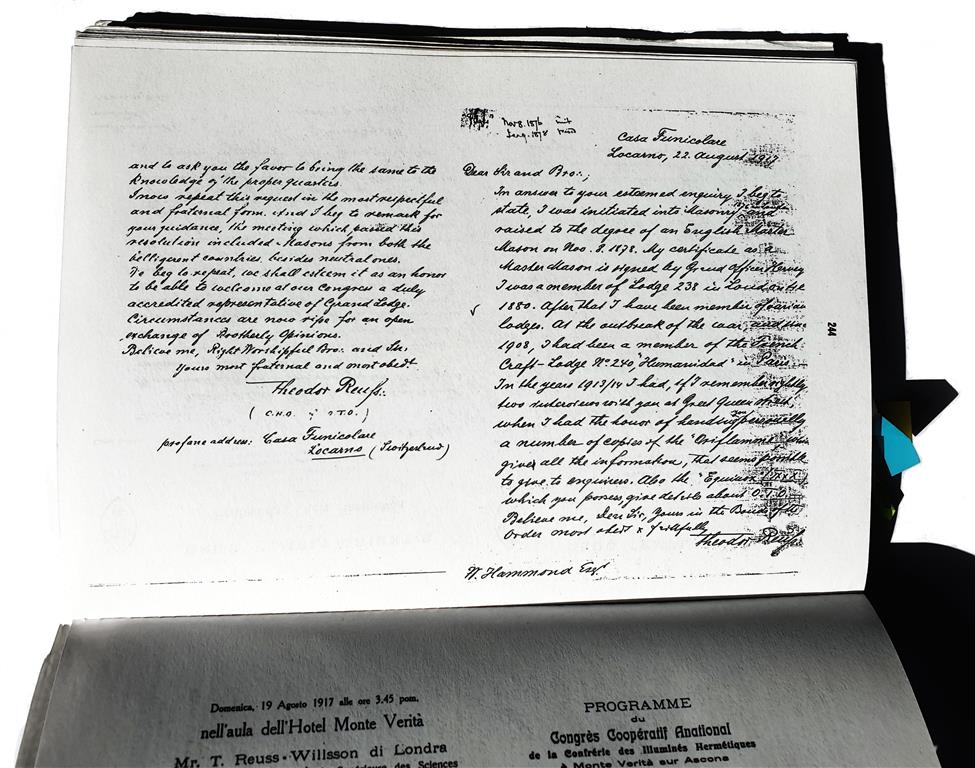
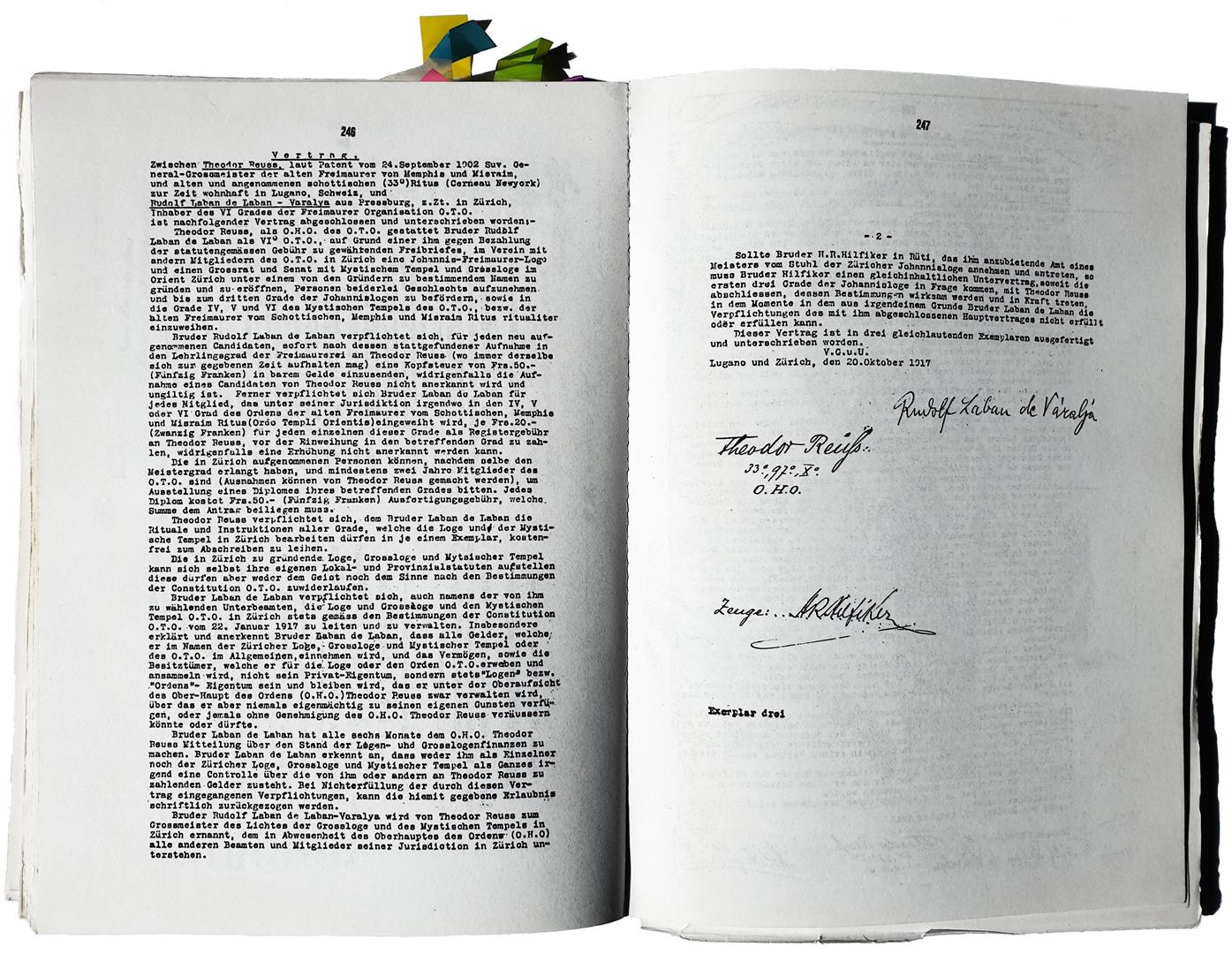
1917 Vertrag / Contract Theodor Reuss — Laban de Laban
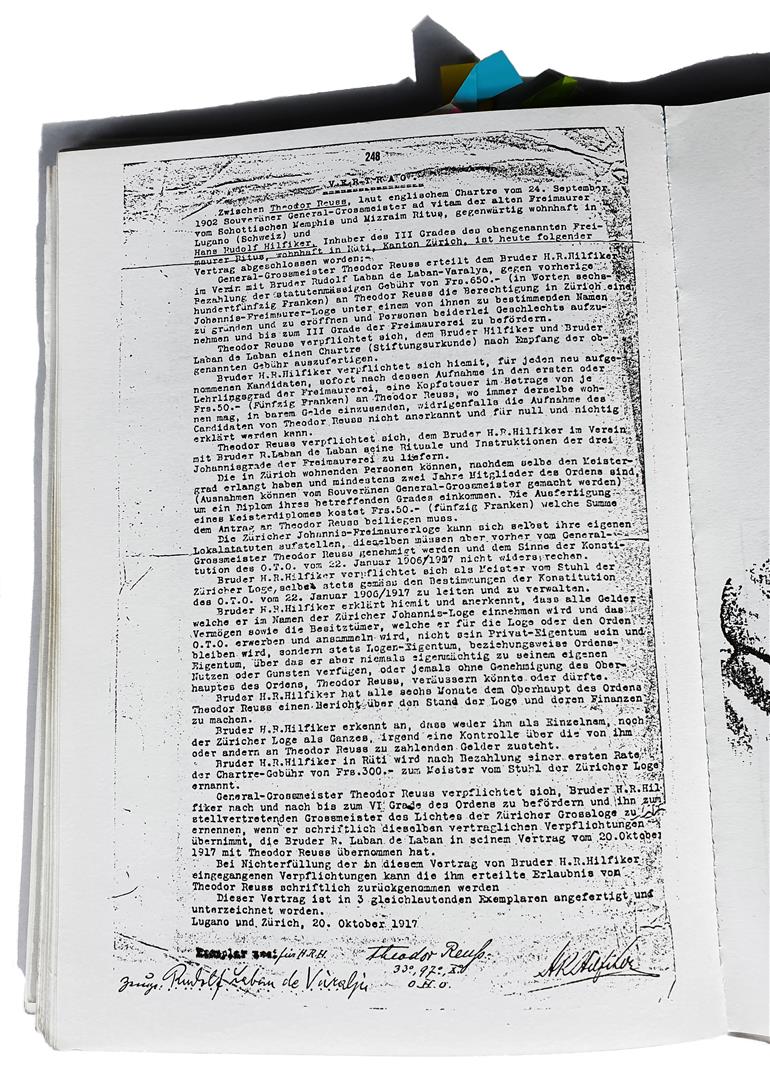
1917 Vertrag / Contract Theodor Reuss — Hans Rudolf Hilfiker
["Der Grosse Theodor Reuss Reader"]
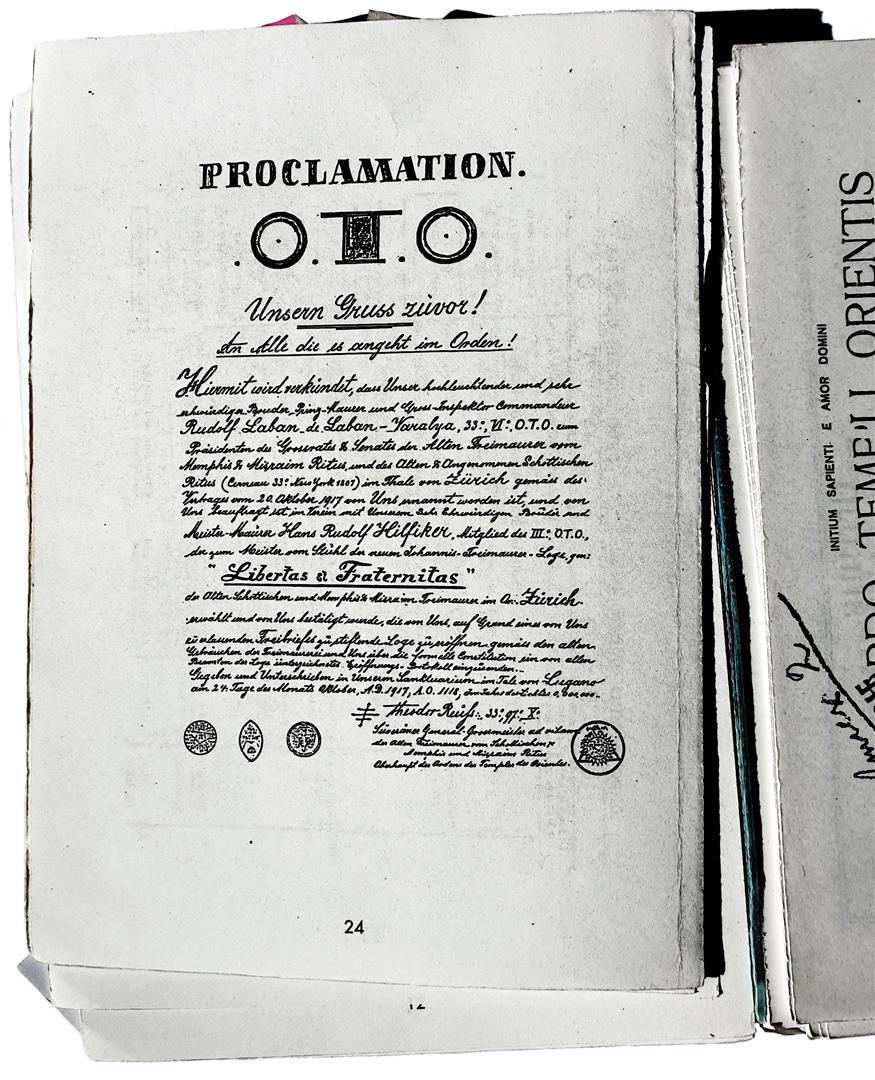
1917 Theodor Reuss — Laban de Laban
["Materialien Zum O.T.O."]
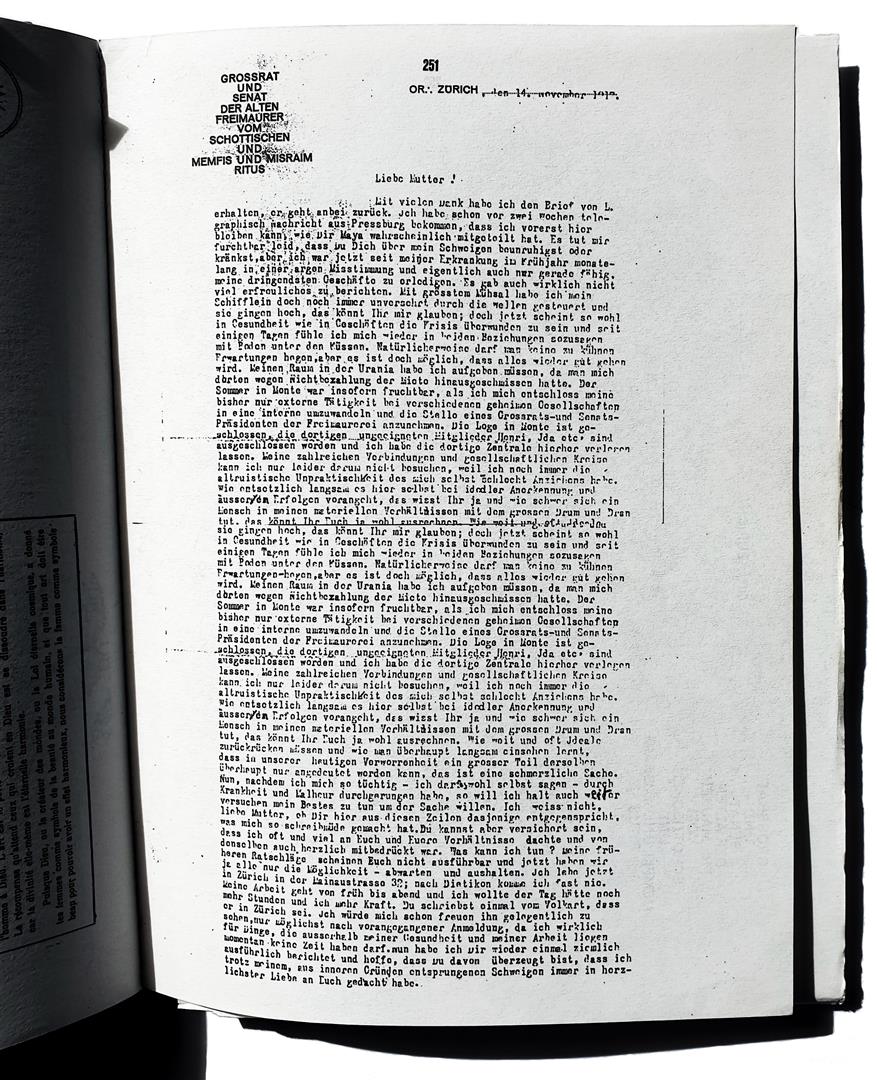
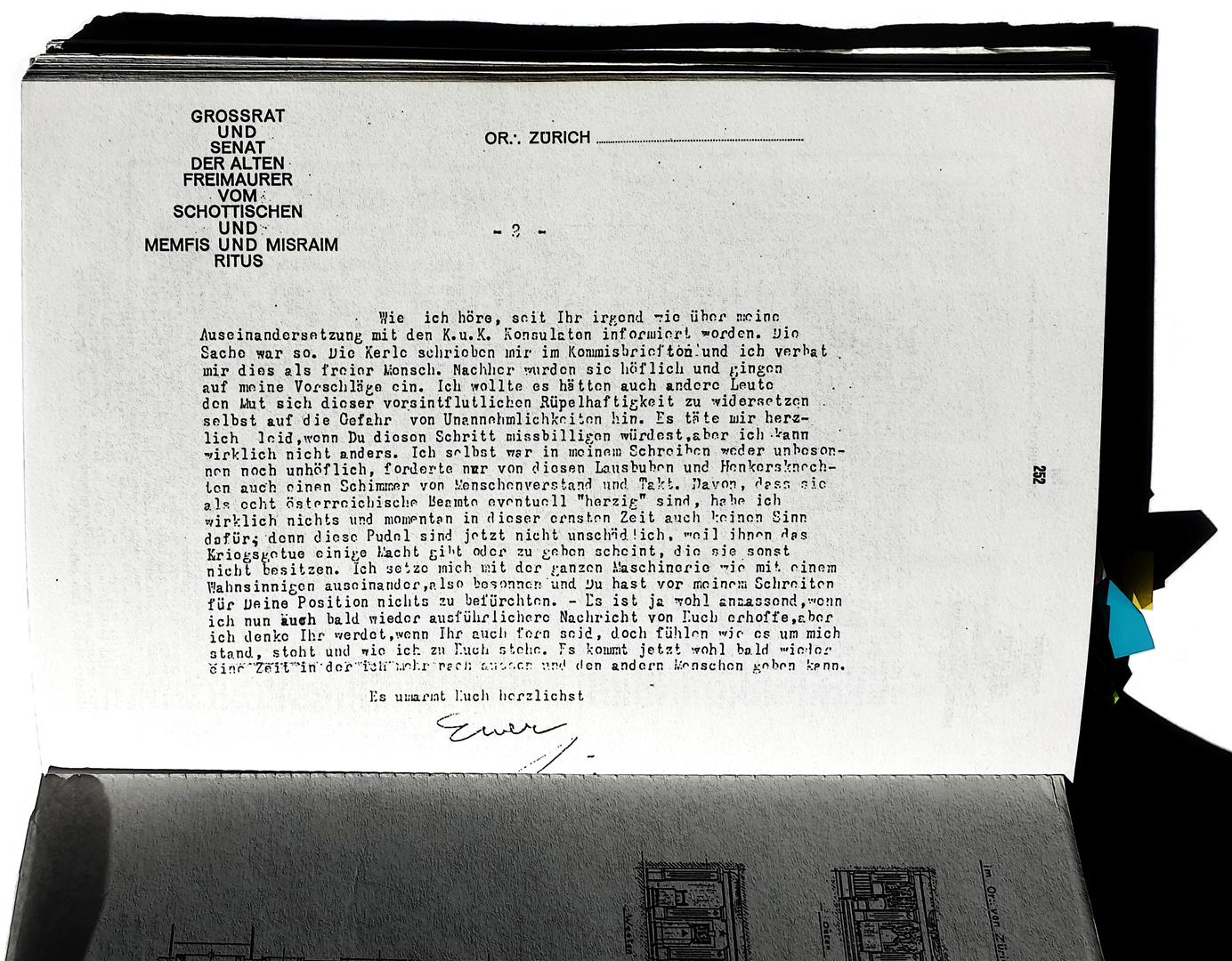
|
Laban de Laban wrote to his mother under the title of "Grand Council and Senate of Ancient Freemasons of the Scottish and Memfis [sic] and Misraim Rite" on November 14th 1917: "The lodge at Monte [Verità] has been closed down, the unsuitable members there — Henri, Ida, etc. — have been excluded, and I've transferred the headquarters from there to here [Zuerich]."
After losing a court case against the A.M.O.R.C. (Antiquus Mysticus Ordo Rosae Crucis), Reuben Swinburne Clymer published his tomes "The Rosicrucian Fraternity in America" and "Book of Rosicruciae" from 1935 onwards, in order to prove that Spencer Lewis had falsified documents in his books, for example Laban de Laban's invitation to a "International Meeting of the Dames de la Rose+Croix" in 1917. 
|
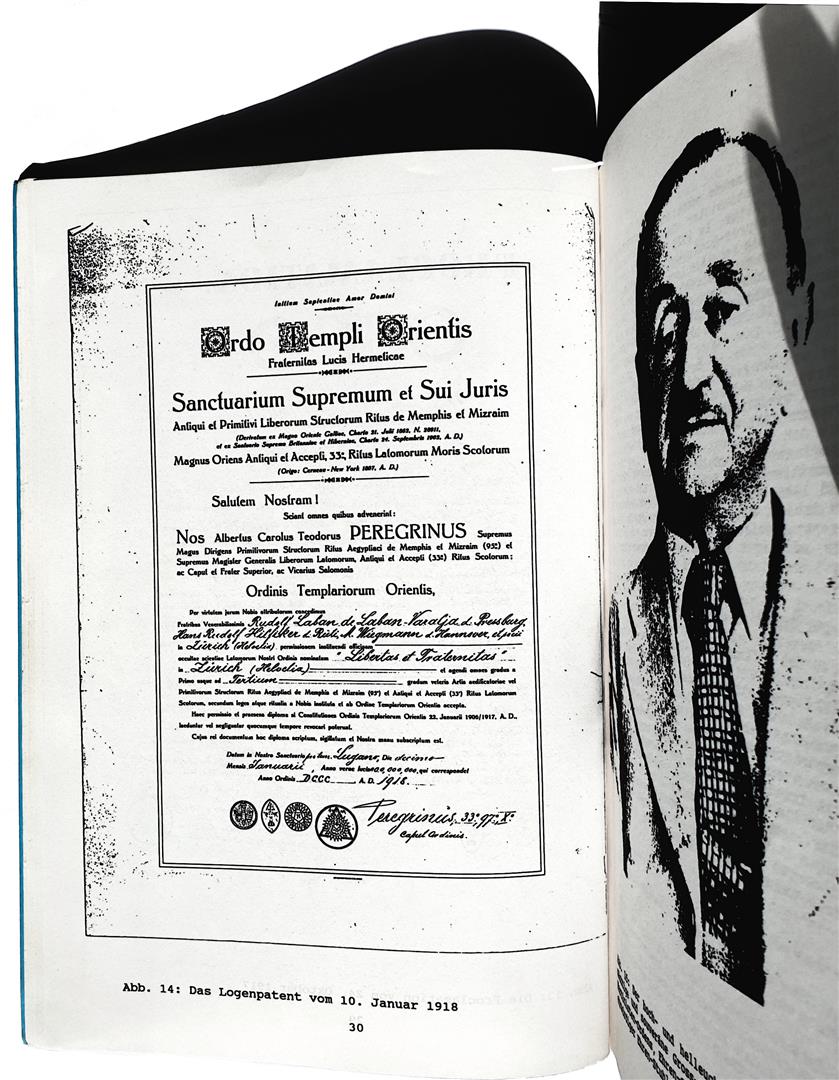
1918 Theodor Reuss — Laban de Laban, Hans Rudolf Hilfiker, Mary Wiegmann
[Robin P. Marchev: "Wahrheitssucher und Schwindler. Aus der Chronik der Loge Libertas et Fraternitas. 1916-1925."
Oberengstringen 1990.]
Photographic details of this document: Theodor Reuss: O.T.O. 1918
|
Laban departed Zuerich in November 1918 in the direction of Munich and Stuttgart, to dedicate himself to his career in dance. His successor was Hans Rudolf Hilfiker.
Mary Wiegmann had a licence to open her own women's lodge, but abandoned this idea and left the O.T.O. also on November 16th 1918; in 1920 she founded her own dance–academy in Dresden. The dance school location of Wiegmann and Suzanne Perrottet was rebuilt as temple of the Libertas et Fraternitas. |
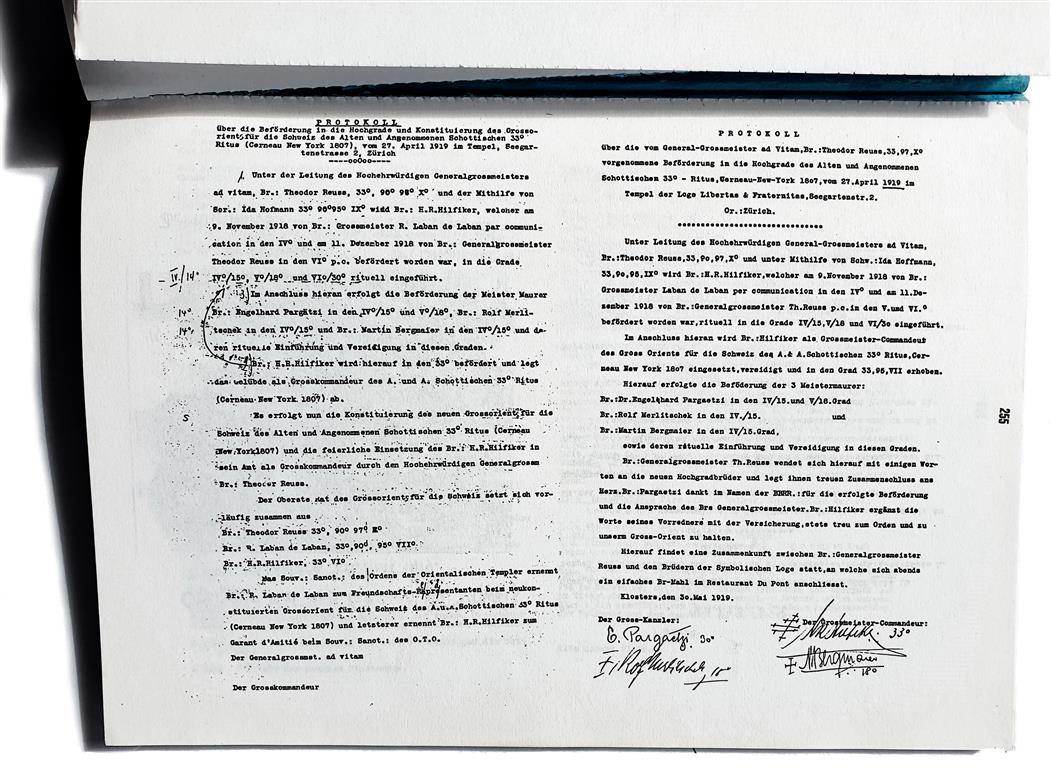
| Theodor Reuss, Ida Hoffmann, H.R. Hilfiker, Laban de Laban, Engelhard Pargaetzi, Rolf Merlitschek, Martin Bergmaier ["Der Grosse Theodor Reuss Reader"] |
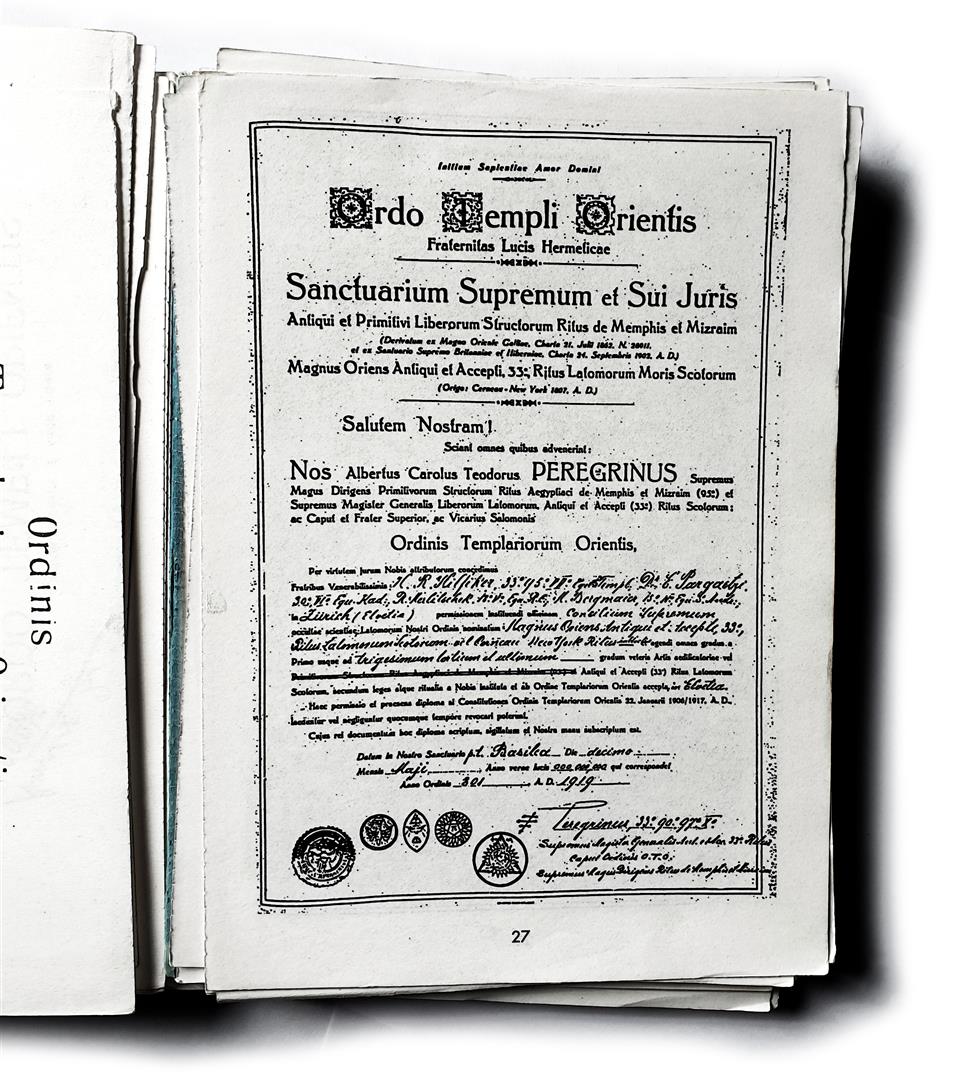
| 1919 Theodor Reuss — Hans Rudolf Hilfiker, Engelhard Pargaetzi, Rolf Merlitschek, Martin Bergmaier [From "Materialien Zum O.T.O."] |
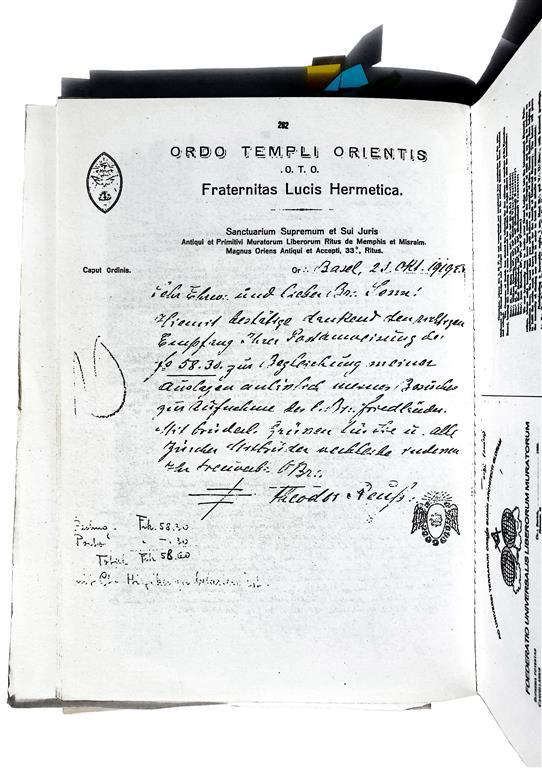
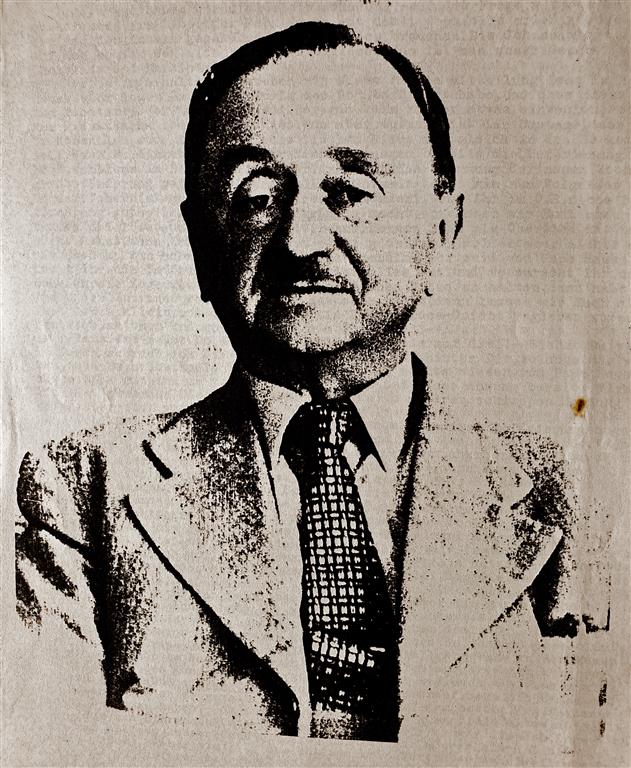
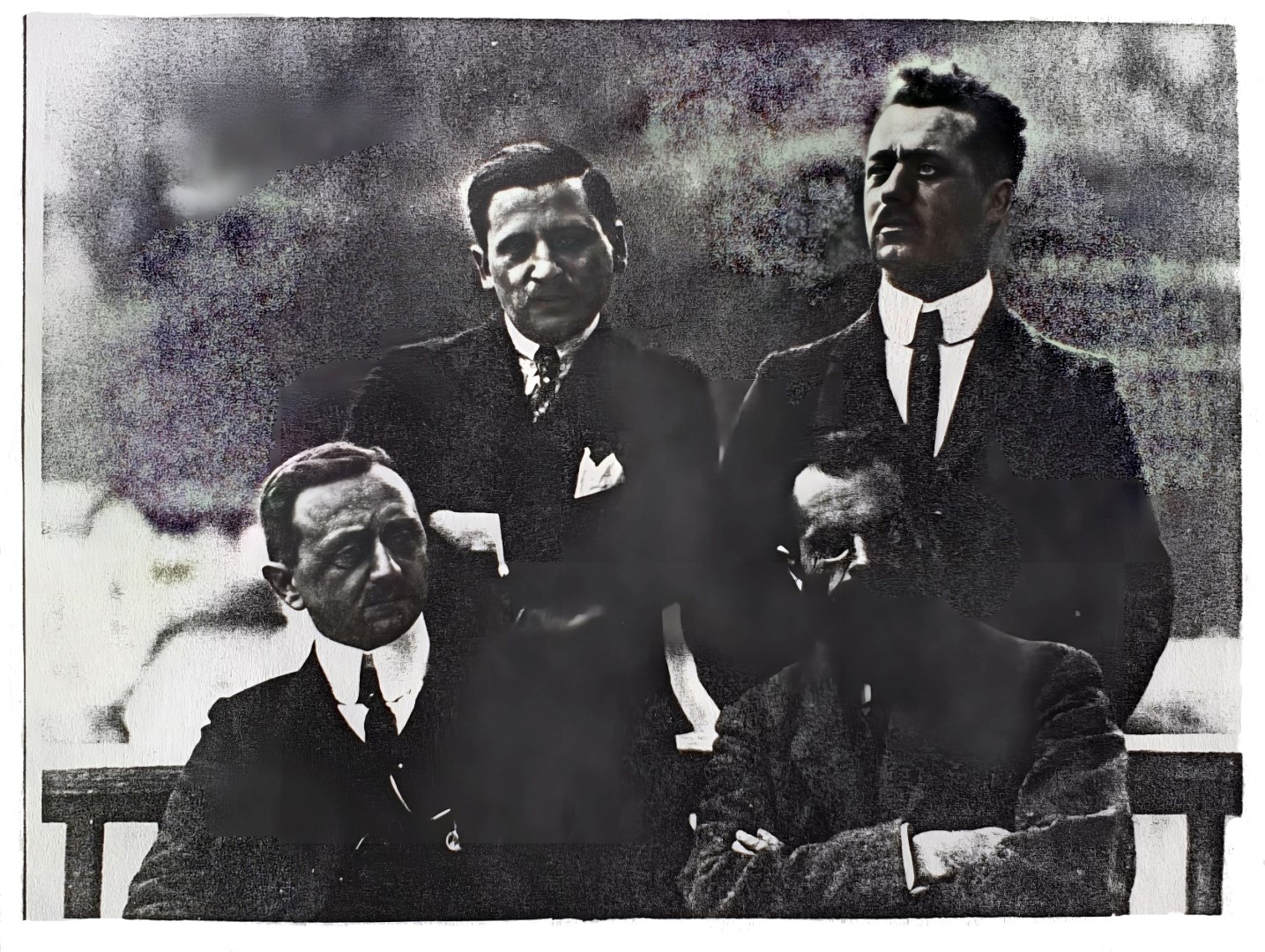
Hans Rudolf Hilfiker, Libertas et Fraternitas
Top row: Pargaetzi, Bergmaier
Bottom row: Hilfiker, Merlitschek

Libertas et Fraternitas in Zuerich
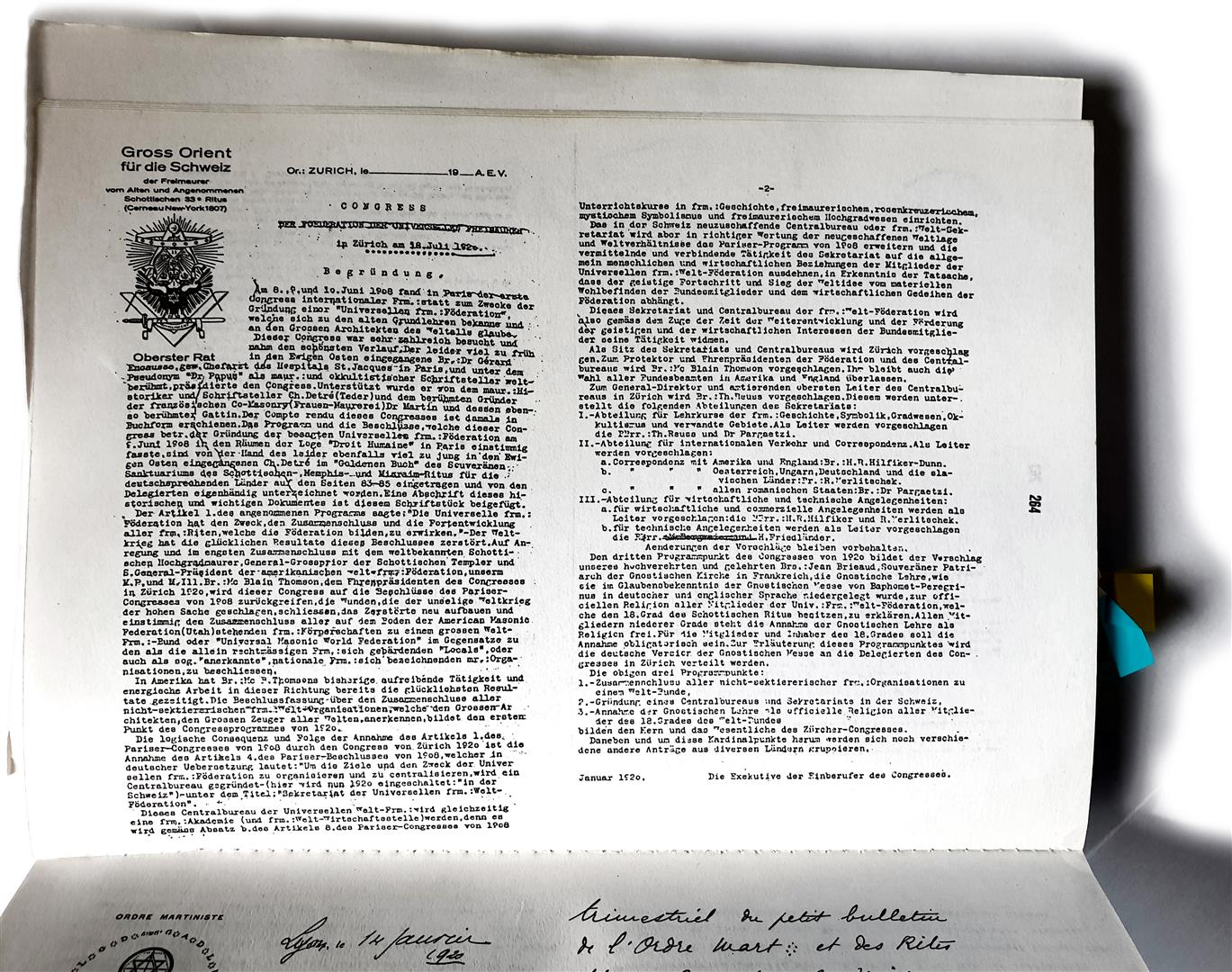
|
Theodor Reuss was planning to form a national Grand Orient, and to call a World Congress of Freemasons in Zuerich during the summer of 1920.
A third point in the programme of the Congress was the enactment of Joanny Bricaud's proposal that Aleister Crowley's 'Gnostic Mass' "should be defined as the official religion of all followers of the Universal Freemasonic World Federation, including the 18th degree of the Scottish Rite." |
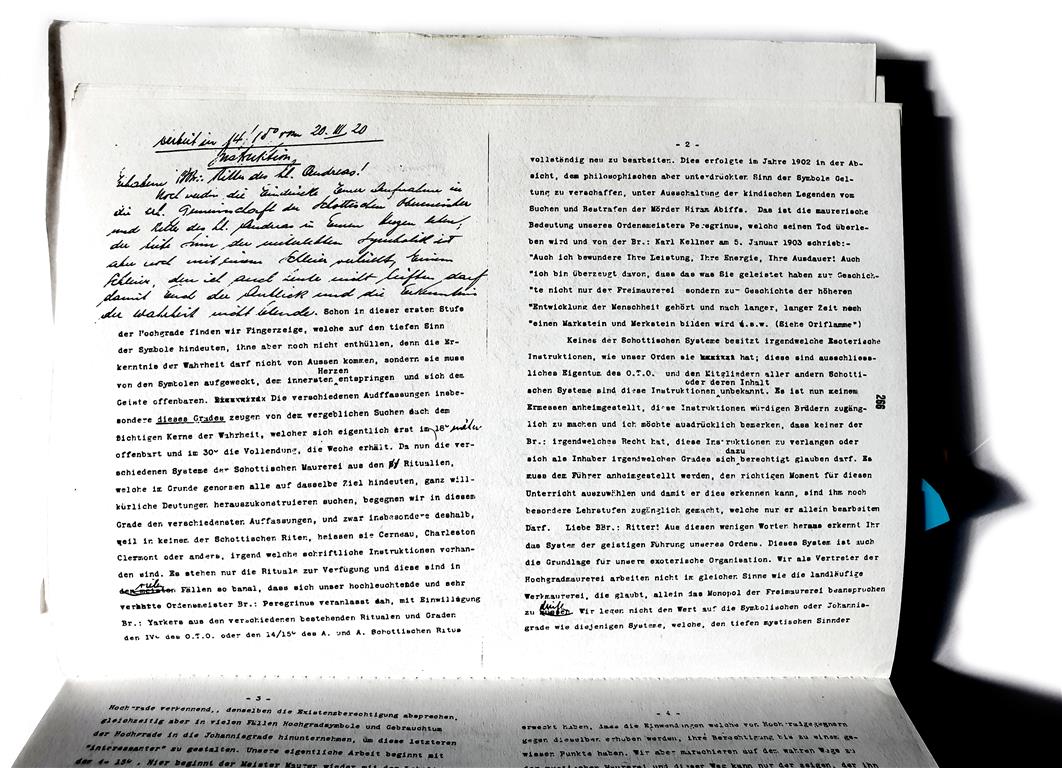
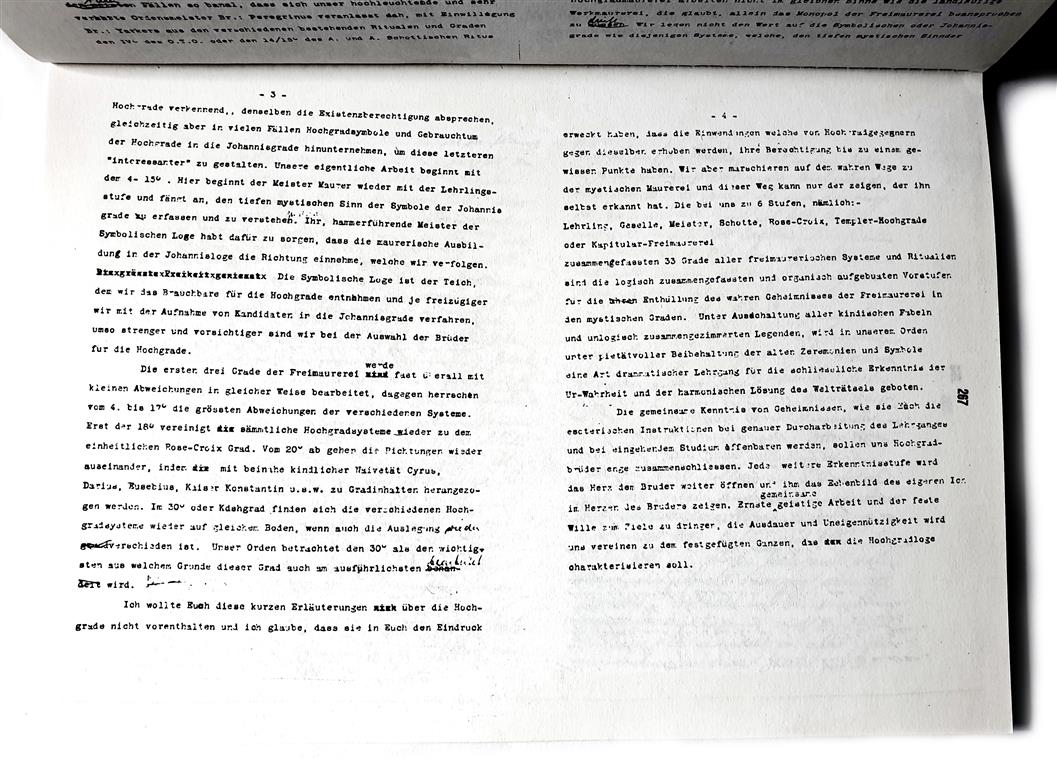
.jpg)
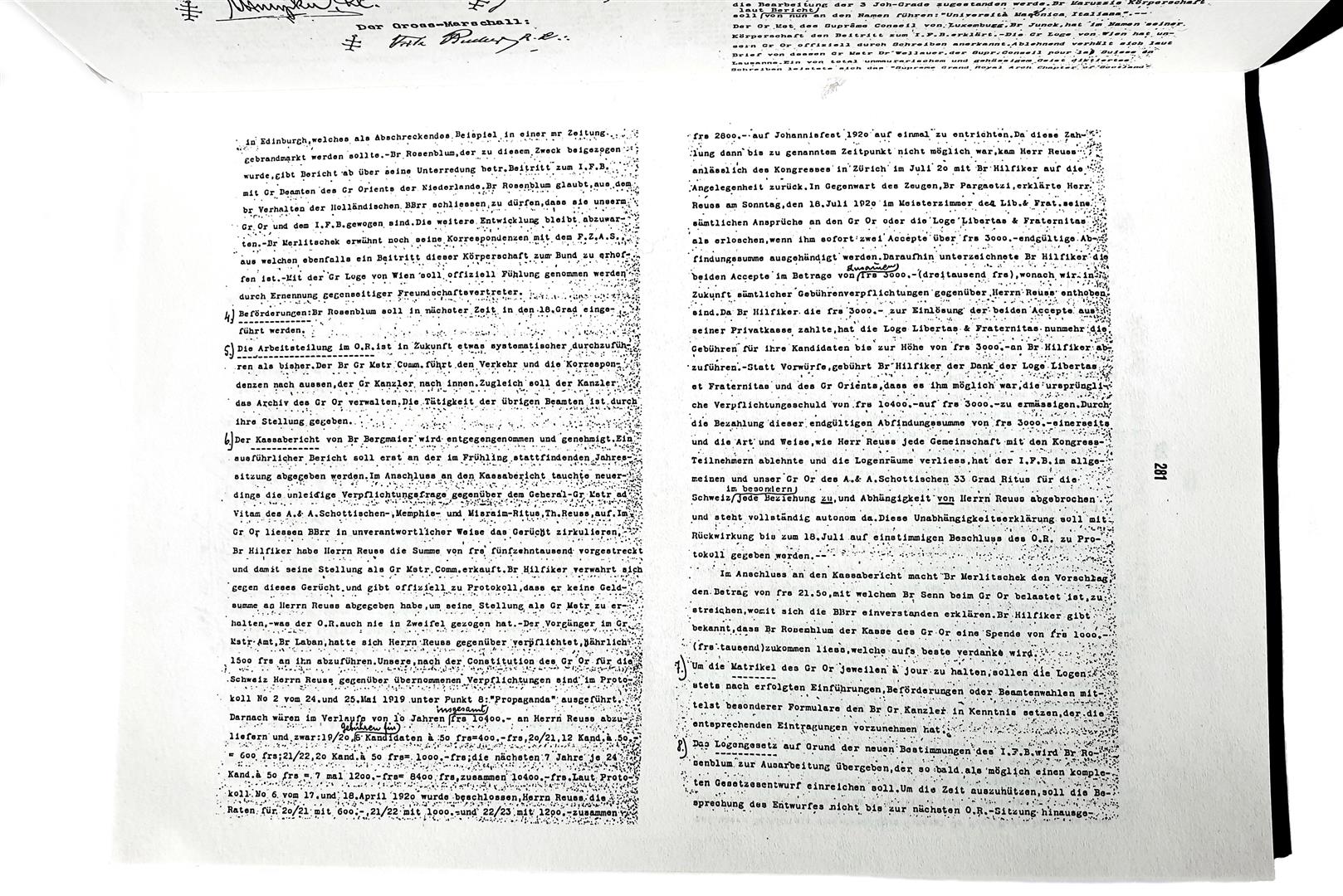
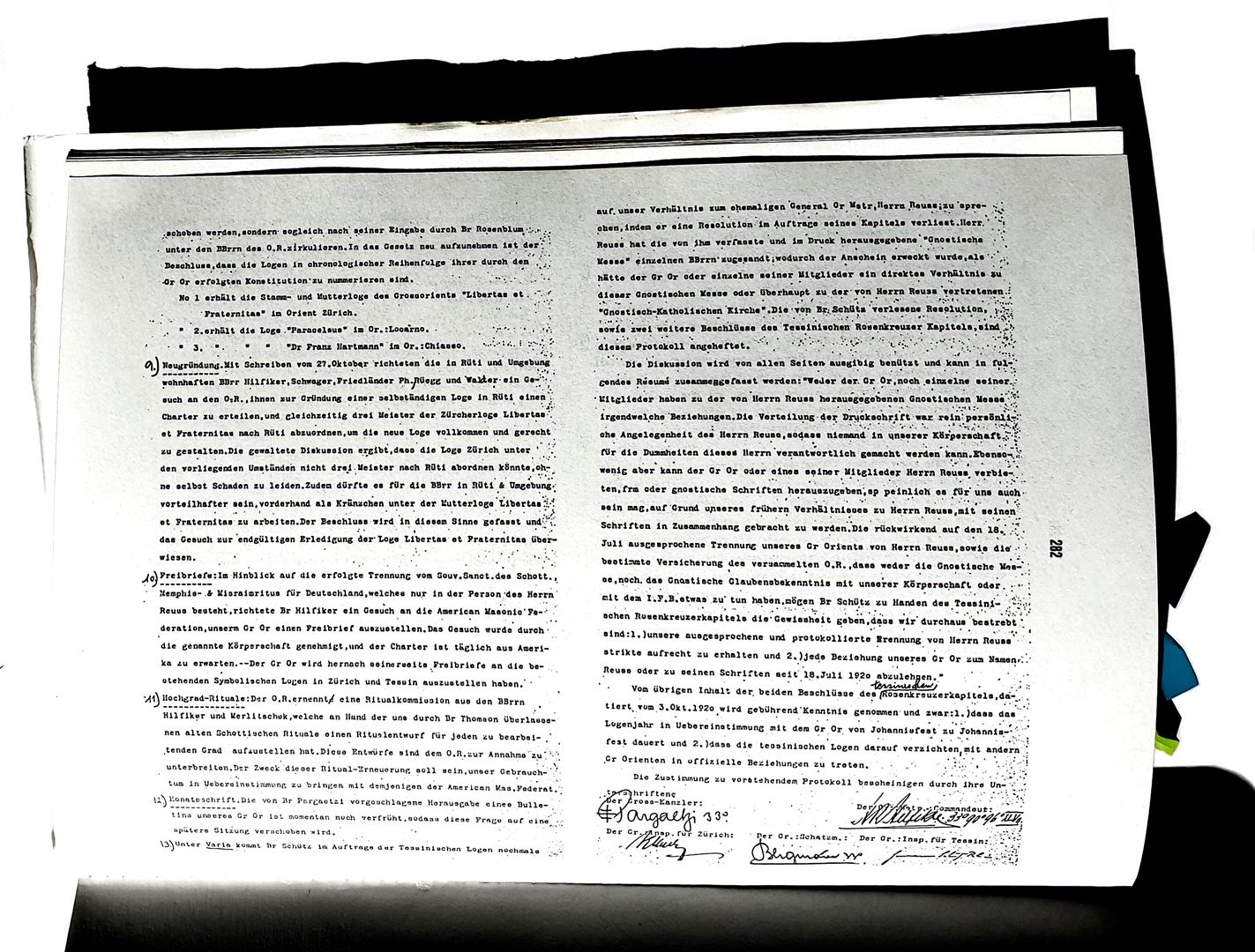
|
The Congress did not fulfill Reuss's hopes; the delegates seem to have turned on their nominal host almost unanimously, subsequently producing a number of declarations against the O.T.O.
The 'Rosicrucian Chapter' of the 3rd of October 1920's Second Resolution: "[it was presumed] that the relations between the Grand Orient and Bro. Th. Reuss were definitely past history, and that the so-called Gnostic Catholic Church remains outside the International Union of Freemasons." Libertas et Fraternitas wished to break free of Reuss. Protocol from the session of the Supreme Council held on November 6th-7th 1920: "Neither the Grand Orient, nor any of its members have any kind of connection with the 'Gnostic Mass' issued by Herr Reuss. [...] we have striven [...] since the 18th of July 1920 to disassociate our Grand Orient from any connection with Reuss's name, his writings." In the autumn of 1921, Reuss distanced himself from Aleister Crowley, turning towards the A.M.O.R.C. and to Arnoldo Krumm-Heller’s Rosicrucian organisation, the Fraternitas Rosicruciana Antiqua (F.R.A.). On May 17th 1925 Libertas et Fraternitas was received under the ægis of the regular Swiss Alpina Grand Lodge, which signified its renunciation of the Grand Orient and the Higher Degrees. Since then its history has had nothing more to do with the O.T.O. phenomenon. |
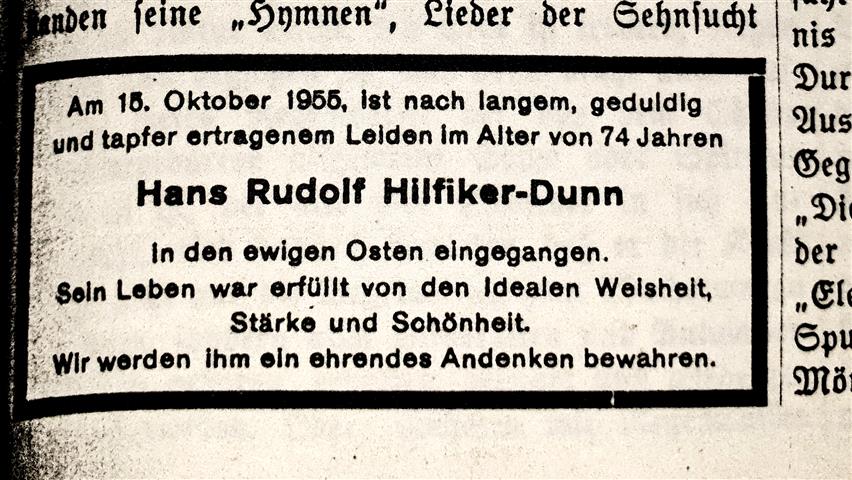

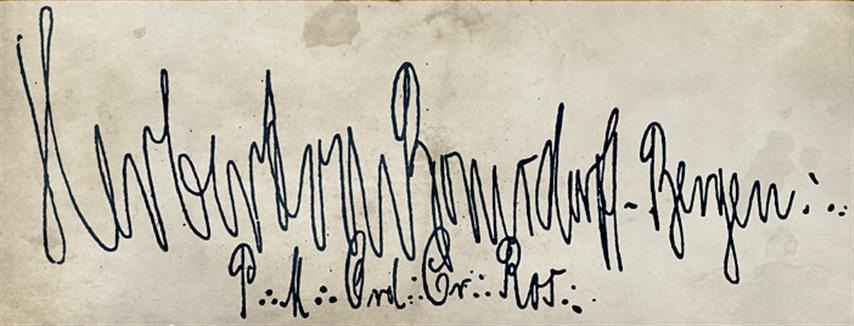
Baron Herbert von Bomsdorff-Bergen
In lodge circles it was said that he liked to approach young and inexperienced Brothers in order to pull money out of their pockets. Formerly in Libertas et Fraternitas (he was expelled on May 8th, 1923), Bomsdorff-Bergen turned to writing pamphlets against Freemasonry and the O.T.O. in an anti-Semitic tone, under the pseudonym of 'Christian [Schweizer]kreuz'. He still maintained contacts with the Rosicrucians in Ticino from his estate in Morcote, which he had dubbed 'Klingsor's Magic Garden', and probably died in 1925.
![Baron Herbert von Bomsdorff-Bergen Libertas et Fraternitas Christian [Schweizer]kreuz](https://www.parareligion.ch/2020/bomsdorff1.jpg)
![Baron Herbert von Bomsdorff-Bergen Libertas et Fraternitas Christian [Schweizer]kreuz](https://www.parareligion.ch/2020/bomsdorff2.jpg)
![Baron Herbert von Bomsdorff-Bergen Libertas et Fraternitas Christian [Schweizer]kreuz](https://www.parareligion.ch/2020/bomsdorff3.jpg)
![Baron Herbert von Bomsdorff-Bergen Libertas et Fraternitas Christian [Schweizer]kreuz](https://www.parareligion.ch/2020/bomsdorff4.jpg)
The mood was clouded by Bomsdorf-Bergen's treacherous writing. The minutes of the apprentice conference of the McL on January 12, 1924, under the leadership of Brother Bosshard, provided exhaustive information on this: "Brother Bosshard addresses the widely announced writing against Freemasonry, Ein Weltbetrug durch Zeichen, Griff und Wort,' and refers to a note in the newspaper 'Universala Framasono,' issued by the Grand Orient for Switzerland of the Ancient and Accepted Scottish Rite 33°, in which the former member, belonging to the above-mentioned lodge 'Libertas et Fraternitas' in Zurich, Herbert von Bomsdorf-Bergen, is named as the author of the published writing. The note states that this gentleman has been expelled from the lodge, and Brother Bosshard has also been provided with all kinds of information about the character of Mr. Bomsdorf-Bergen. Brother Achard has read the book and fully condemns its content. Nevertheless, he would like to attempt to redeem the honor of Mr. Bomsdorf-Bergen. He has known the man for many years and has associated with him a lot; he was a good Freemason. However, due to strokes of fate, he became a theatrical man, an actor, and today he is a sick man who would be better off in a mental institution. Bomsdorf was probably the only member of the lodge 'Libertas et Fraternitas' who was admitted to a regular Freemason lodge, and he was only expelled after he was covered. Bomsdorf-Bergen had nothing to do with the machinations of a Reuss, who traveled around and, for example, granted high degrees in a hotel room to be paid Frs. 3,000 for them, but a member of the lodge 'Libertas et Fraternitas,' who still plays a major role there today, can provide precise information about this. It is the Jewish lawyer Rosenblum, whose name Brother Achard gives upon request. In conclusion, Brother Achard emphasizes once again that Bomsdorf-Bergen deserves not our contempt but our pity, and even if he belongs in a mental institution, he is still a brother whom he is obliged to defend. The Master of the Chair thanks Brother Achard for his information and enlightenment. If we must take a stand against the content of the book, which will soon also be addressed by the scandal sheet 'Der Scheinwerfer,' it is now easier, knowing that the author is mentally ill and his knowledge has been exploited and abused. Following this, Brother Bosshard also announces that tomorrow in Lugano, in the presence of Grand Master Brother Reverchon, the Tessin lodges, which until now have belonged to the Grand Orient of the Ancient and Accepted Scottish Rite 33° and were founded by it, will be admitted to the 'Alpina,' not through affiliation or rectification, but the new name Acceptation has been found for this purpose. In a similar manner, the admission of the local lodge 'Libertas et Fraternitas' on Seegartenstrasse to the 'Alpina' is planned. According to Brother Achard's information, extra caution is now required to ensure that unworthy elements do not gain entry into the chain of brethren." |
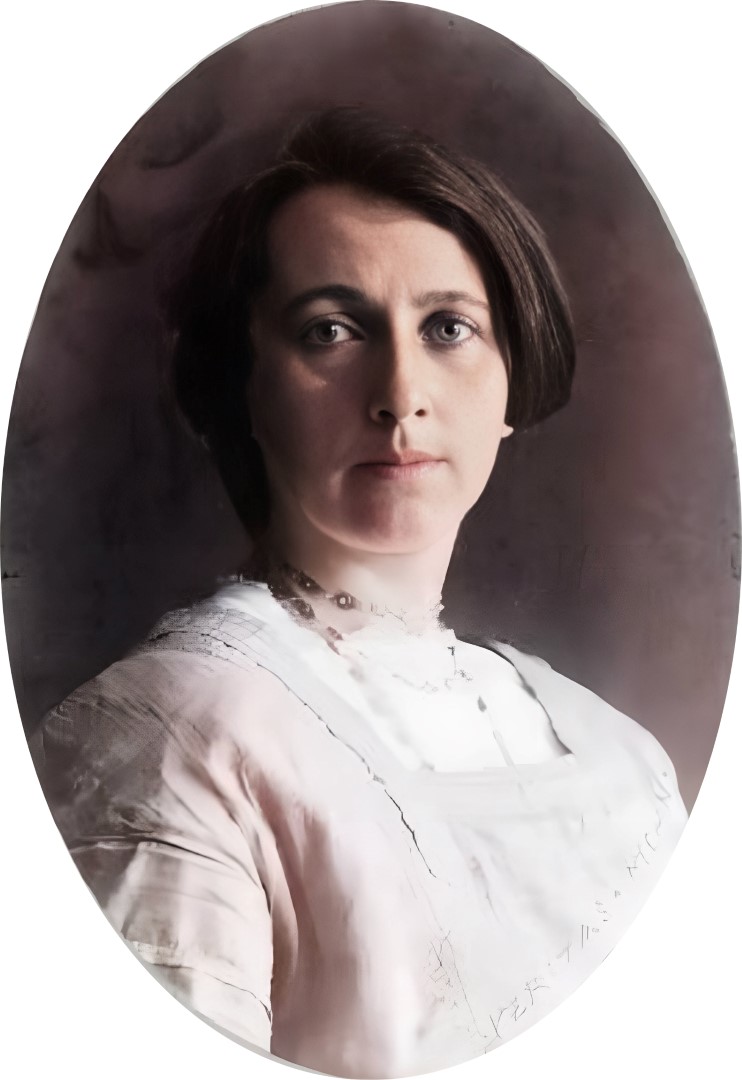
[Colored with AI]
Margarethe Faas-Hardegger
|
Alice Sprengel, Margerite /Margarethe Faas–Brunner-Hardegger and Frau Genja Jantzen were the O.T.O.'s "executive council of 3 (supreme council)" at the "Anational Grandloge & Mystic Temple, 'Verità Mistica', Or[ient] Ascona".
After Frau Sprengel's death in 1947, Margerite Hardegger (alias Sister 'Hyacinth') was Genja Jantzen's rival for the position of Sprengel's successor in the O.T.O. Hardegger had already fallen out with Sprengel herself over a struggle for the office of Acting Master (chairmaster). The further history of the O.T.O. in Switzerland now takes place in the context of Hermann Joseph Metzger. |
English: Consider the O.T.O. non existent
Variation française : Hans Rudolf Hilfiker propose de considérer l'O.T.O. comme non existant.
Versione italiana: Considerare l'O.T.O. inesistente
Traduccion castellano: Consideraban a la O.T.O. como no existente
Ceská verze: Veritas Mystica Maxima
Click here to go back to where you came from or use this Java Navigation Bar:
|
|
|